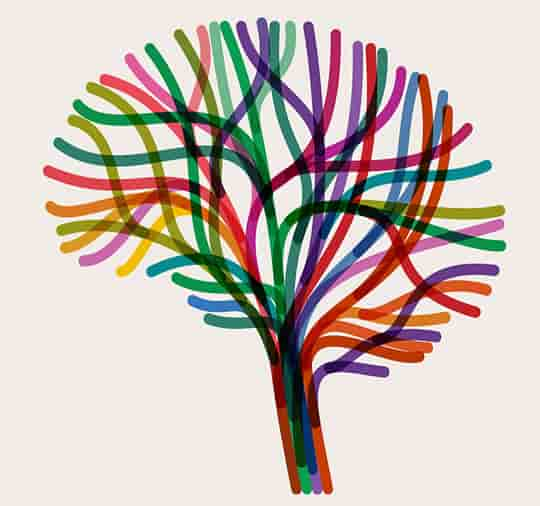For each extra hour of this activity, brain aging is reduced by a further 1.1 years.
A single hour of light physical activity per week is enough to reduce brain aging by one year, new research finds.
Light physical activities include a casual walk and doing household chores.
For each extra hour of this sort of activity, brain aging is reduced by a further 1.1 years.
Light physical activity is also linked to larger brain volumes.
The study’s authors write:
“Achieving 10 000 or more steps per day was associated with higher brain volume compared with those achieving fewer than 5000 steps per day.”
Since the brain tends to shrink with age, larger brain volume is a sign of healthy aging.
Exercise is, of course, also very good for the body, tending to lower the risk factors for many diseases.
The standard Physical Activity Guidelines in the US are to do 150 minutes of moderate-to-vigorous activity per week.
However, many do not reach this level.
Dr Nicole Spartano, the study’s first author, said:
“Every additional hour of light intensity physical activity was associated with higher brain volumes, even among individuals not meeting current Physical Activity Guidelines.
These data are consistent with the notion that potential benefits of physical activity on brain aging may accrue at a lower, more achievable level of intensity or volume.”
The study included 2,354 people who were involved in the Framingham Heart Study.
All wore an accelerometer for at least 3 days to measure their activity.
Brain scans assessed their brain aging.
Dr Spartano continued:
“We have really only just begun to uncover the relationship between physical activity and brain health.
We couldn’t do this research without the commitment of the Framingham Heart Study participants who have given so much to the medical community over the years.
Our research also hinges on the multi-disciplinary team of investigators at Boston University and external collaborators.”
The study was published in the JAMA Network Open (Spartano et al., 2019).

